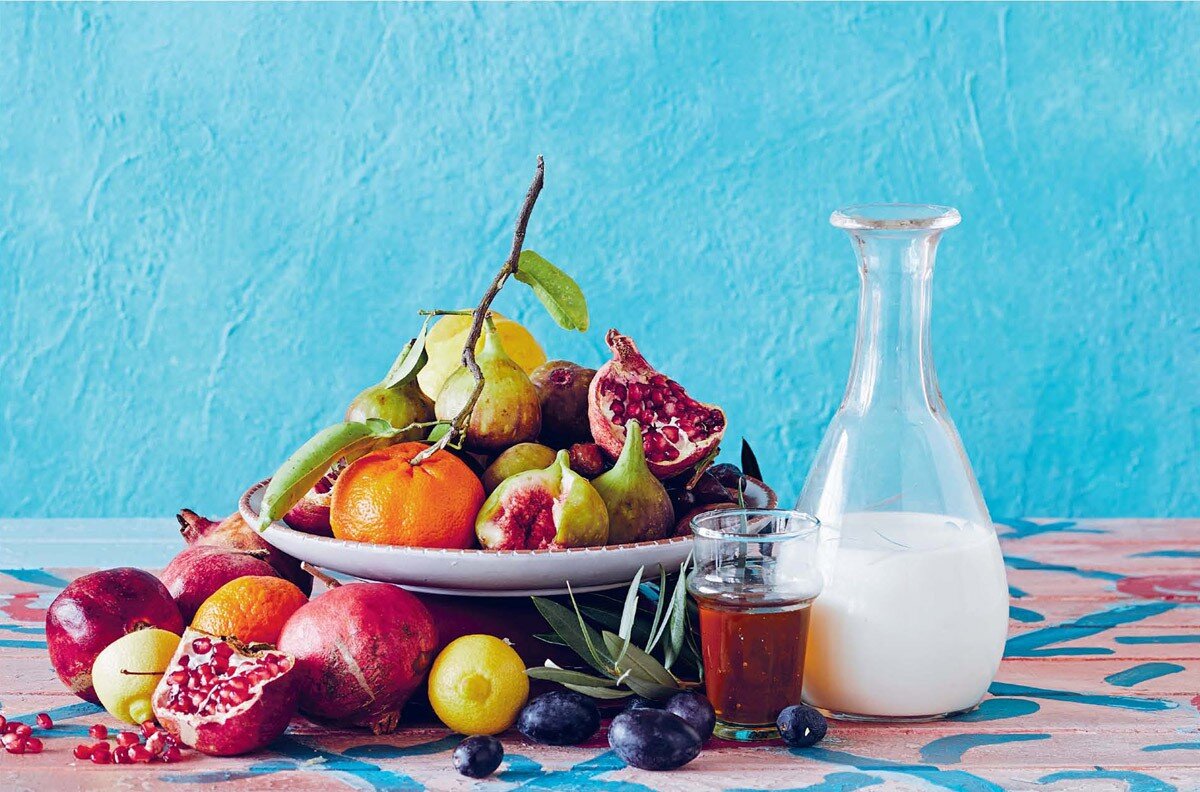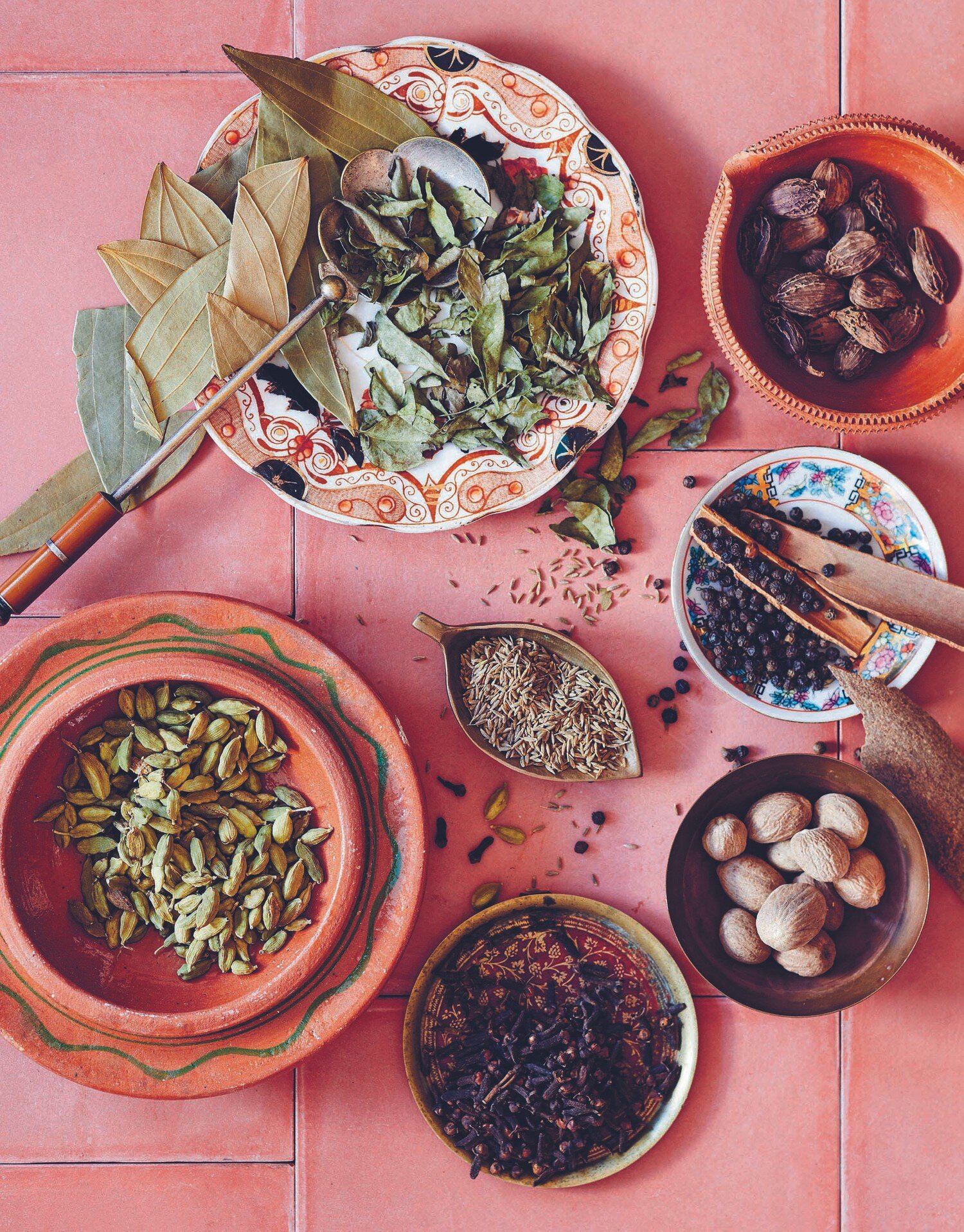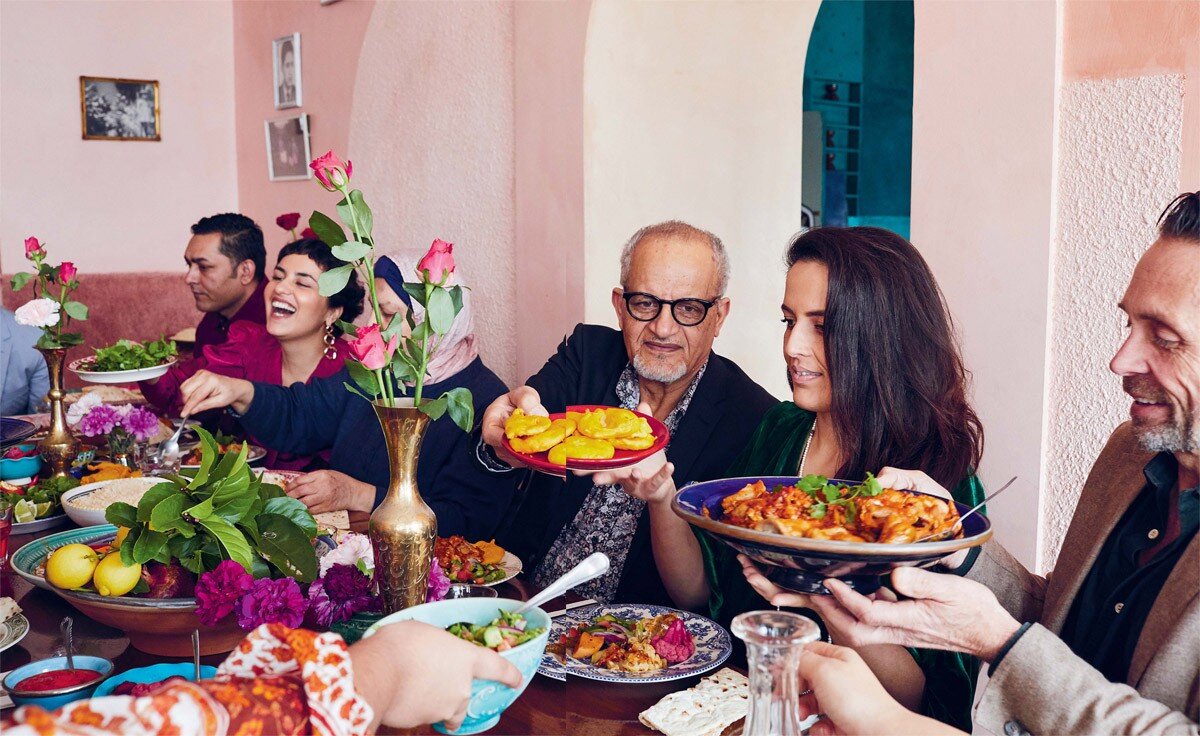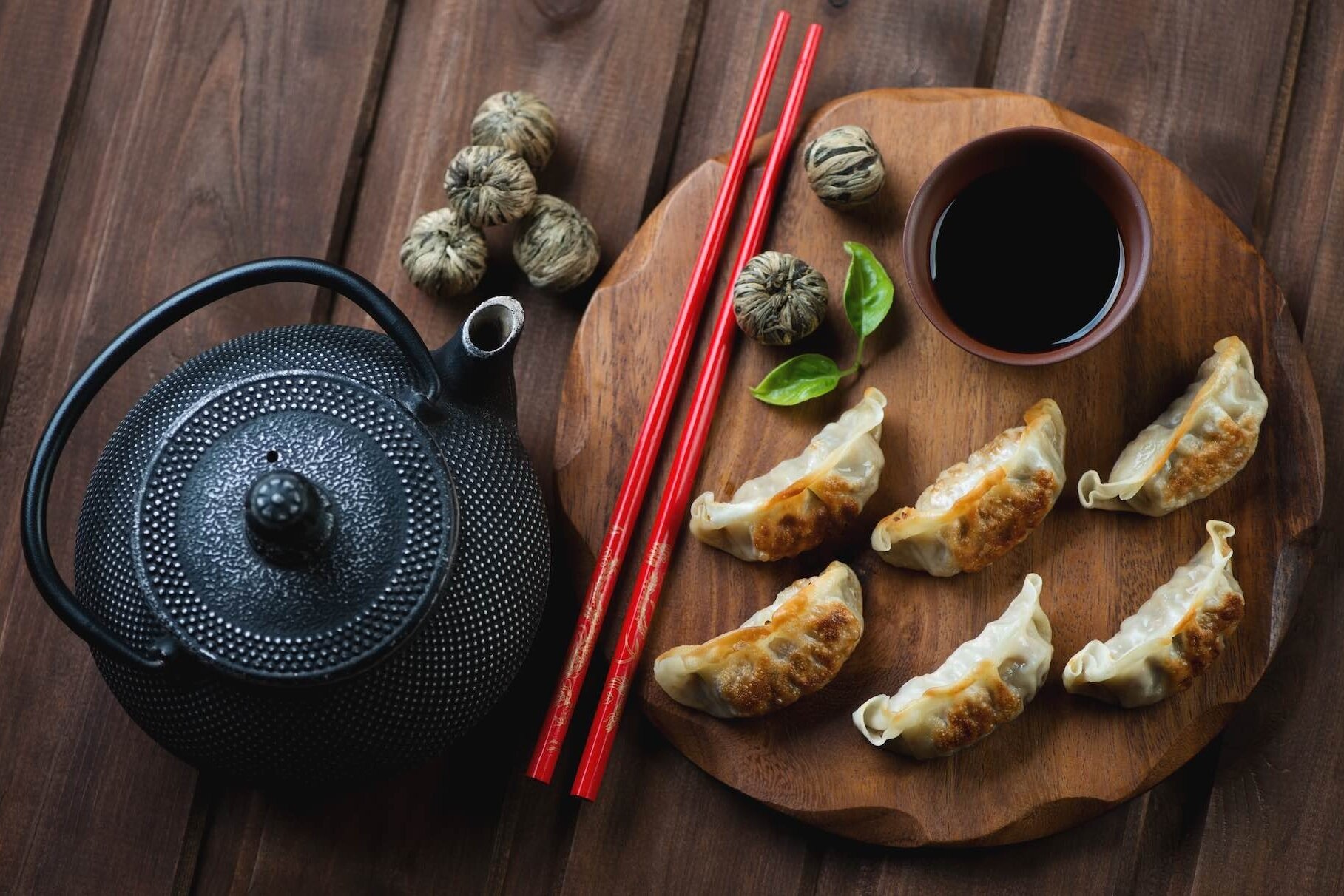Durkhanai Ayubi's Afghan table
Durkhanai Ayubi’s cookbook Parwana is a beautifully told story of her family’s struggles and triumphs, and their travels from war-torn Afghanistan to a stable and abundant life in Australia. It also gives insight into the country’s culture, history, and its deep-rooted cuisine.
Photography: Alicia Taylor
The book was shortlisted in the 2020 André Simon Food and Drink book awards in the UK, and has been enthusiastically received by cookbook lovers. In writing about her family’s homeland, Durkhanai has helped to shine a spotlight on the food culture of Afghanistan.
Given the country’s turbulent history, it is understandable that there are not shelves full of books in the English language on the subject of Afghan food – with the exceptions of works by writers including Halen Saberi, Nafisa Sekandari, Shahnaz Zikria and Mousa Amiri. Helen Saberi also gives a concise overview of Afghan food and cooking in the Oxford Companion to Food, edited by Alan Davidson.
Citrus, dairy, and fruits of many kinds – all key ingredients in the Afghan kitchen.
Discovering new flavors
Curious cooks love discovering new ingredients and flavors, and that sense of discovery is a huge part of the appeal of Parwana – as are the dazzlingly beautiful recipes. Importantly, too, the book puts Afghan food into a historical context, from ancient to contemporary times. In the chapter History On the Menu, Durkhanai writes:
“It is from [its] long and intertwined history that the cuisine of Afghanistan and the culture surrounding it emerged. Alongside the emperors, religions and artefacts that crisscrossed the Silk Road into Afghanistan came a panoply of impressive culinary offerings from across the globe.
From India came the variety of dahls and the prized spices, so intensely sought-after throughout the West, including chillies, turmeric, saffron, cumin, cinnamon, cloves, nutmeg and pepper. These spices, apportioned in delicate amounts, became a mainstay of Afghan cooking – seared daily into meats and curries, and baked into rice dishes and vegetables.
Special mixes of four different spices, named chaar masalah and often unique to each household, form the flavor base of sauces and palaws, giving rise to the gentle and fragrant aromas typical of Afghan cooking.”
“From the ancient shared history with Persia came the coriander, mint and other green herbs that are now so prevalent in Afghan cuisine.
From China and Mongolia came a tradition of hand-rolled noodles, known as aush, and dumplings, adapted to reflect the milder Afghan palate and stuffed with natively grown vegetables such as gandana.
From Turkey and the Middle East came the sweet floral notes of rose water and syrup-drenched nutty desserts. And from the lands of Afghanistan itself – a region home to some of the earliest known examples of domestication of livestock and irrigation to create arable pasture – comes the liberal use of dairy and a diet inclusive of meat such as goat, beef and lamb.”
The Ayubi family enjoying a multi-generational meal.
Enjoying Afghan food at home
The Afghan pantry Durkhanai describes – rice, noodles, and breads, fragrant with saffron, nutmeg, and cloves – is easy enough to pull together with ingredients from a supermarket or (failing that) an online shop.
Ingredients are just one part of the story; it’s the way that Afghan food is eaten and served that is essential to its enjoyment, too. Durkhanai writes:
“Inseparable from Afghan food is the style that encapsulates it. The way in which food is enjoyed reflects the gregarious spirit that underpins the ritual of eating in Afghan custom. Food is rarely served as individual portions, but piled copiously onto large platters from which everyone helps themselves.
A meal rarely consists of a single dish – but an array of dishes spread out, from which smaller portions all placed together on a plate make a full meal.
Alongside main dishes, such as rices, curries, meats or dumplings, sits an assortment of accompaniments – pickles, preserves, chutneys, fresh vegetables, hot naans or yoghurts – to add bursts of acidic citrus flavour, freshness and texture.”
The recipes from Parwana are a sensory delight. Enjoy cooking them, and serving them in generous style to family and guests. You can find all 88 recipes from Parwana, in full, on ckbk.
Afghan food is is served generously, piled copiously onto large platters for people to help themselves.
Listen to Durkhanai on the ‘Cooking the Books’ podcast
Listen to Durkhanai Ayubi speaking to Gilly Smith about Parwana on the 'Cooking the Books' podcast.
Top recipes from Parwana
Here are some of the recipes from Parwana that are most popular with ckbk users right now.








